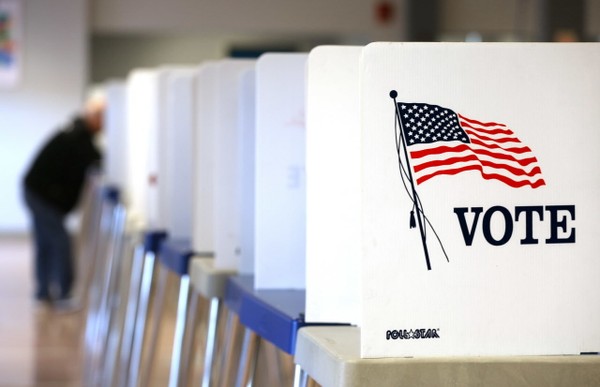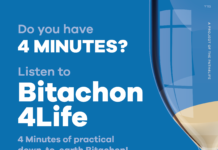
Americans have already voted in record numbers in many states in this year’s midterm elections, confirming the heightened interest in the fight for control of Congress and state houses playing out indozens of bitterly contested races.
With less than a week remaining until Election Day, voters in at least 17 states surpassed overall early and absentee voting numbers from 2014, according Michael McDonald, a political science professor at the University of Florida.
In some cases, early and absentee vote totals are on track to double since four years ago. The numbers are so high in some states that early voting may exceed total vote counts – including Election Day tallies – from four years ago.
The heightened participation reflects in part a surge of interest among Democrats, who stayed home in large numbers in 2014, when Republicans took control of the Senate and widened their control of the House.
But data from several battleground states with marquee Senate or governor’s races show Republicans are also very engaged – as much as they were four years ago – suggesting many hard-fought races could be even closer than surveys are predicting.
“We can’t know who people are voting for, but we can see who is showing up to vote,” said McDonald, who compiles a clearinghouse of voting data called the Elections Project. “What we’re seeing is very high levels of engagement on both sides in the competitive elections for governor and Senate.”
Some of the boost in participation can be attributed to what McDonald calls the cannibalism effect: the fact that more and more voters are choosing to vote early or by mail-in ballot, with more states offering easier ways to do so.
That raises uncertainty about whether the surge in voting will last through Election Day. But the numbers are already so high in some states that experts have grown increasingly confident overall turnout will be up this year.
Turnout in 2014, at 37 percent of eligible voters nationwide, was the lowest for a midterm election since World War II. In the 2016 presidential election, turnout was about 61 percent, roughly the same as 2012.
Two states that show a boost in voter participation so far this year are Florida and Nevada, which both feature competitive races for Senate and governor. In Nevada, a total of about 308,000 voters cast early, absentee or mail-in ballots in 2014, according to state data. As of early Wednesday, with three more days of in-person early voting to go, the figure for this year was at 463,016.
The numbers showed a marginal advantage for Democratic voters, who have cast roughly 192,000 votes compared to 180,000 Republicans and 90,000 with no party affiliation.
Those figures could mean an exceedingly close race for Senate, in which Sen. Dean Heller (R) is defending his seat against Democratic Rep. Jacky Rosen, and for governor, in which Republican Attorney General Adam Laxalt and Democrat Steve Sisolak, the chairman of the Clark County Commission, are vying for an open seat.
In Florida, 3.4 million voters have cast ballots early or by mail, compared to a total of 3.2 million in 2014, according to state data. Voters have until Saturday to vote early in person and have until Tuesday to return their ballots.
As of early Wednesday, Republican mail-in ballots outnumbered Democratic ones, 820,000 to 755,000. The partisan breakdown of those who have voted early in person is roughly evenly split – a fact that should concern Democrats, McDonald said.
Democrat Andrew Gillum, the mayor of Tallahassee, faces Republican Ron DeSantis, a former congressman, in the governor’s race, while Sen. Bill Nelson (D) faces a challenge from Republican Rick Scott, the outgoing governor.
“The early vote is slightly favoring the Republicans,” McDonald said. “You see this persistent lead for Gillum and Nelson in the polls, but it looks like it’s going to be a close election.”
McDonald noted that turnout appears to be favoring Democrats more in states without a marquee Senate race, including Iowa, North Carolina and Maryland. The absence of a competitive statewide race with heavy advertising in those states could be giving Democrats an advantage because of national factors, such as President Trump’s unpopularity, he said.
The states other than Florida and Nevada that had surpassed 2014 early-voting participation as of early Wednesday were Delaware, Georgia, Indiana, Louisiana, Maryland, Minnesota, Montana, New Mexico, North Carolina, South Carolina, Tennessee, Texas, Virginia, Wisconsin and West Virginia.
(c) 2018, The Washington Post · Amy Gardner
{Matzav.com}











